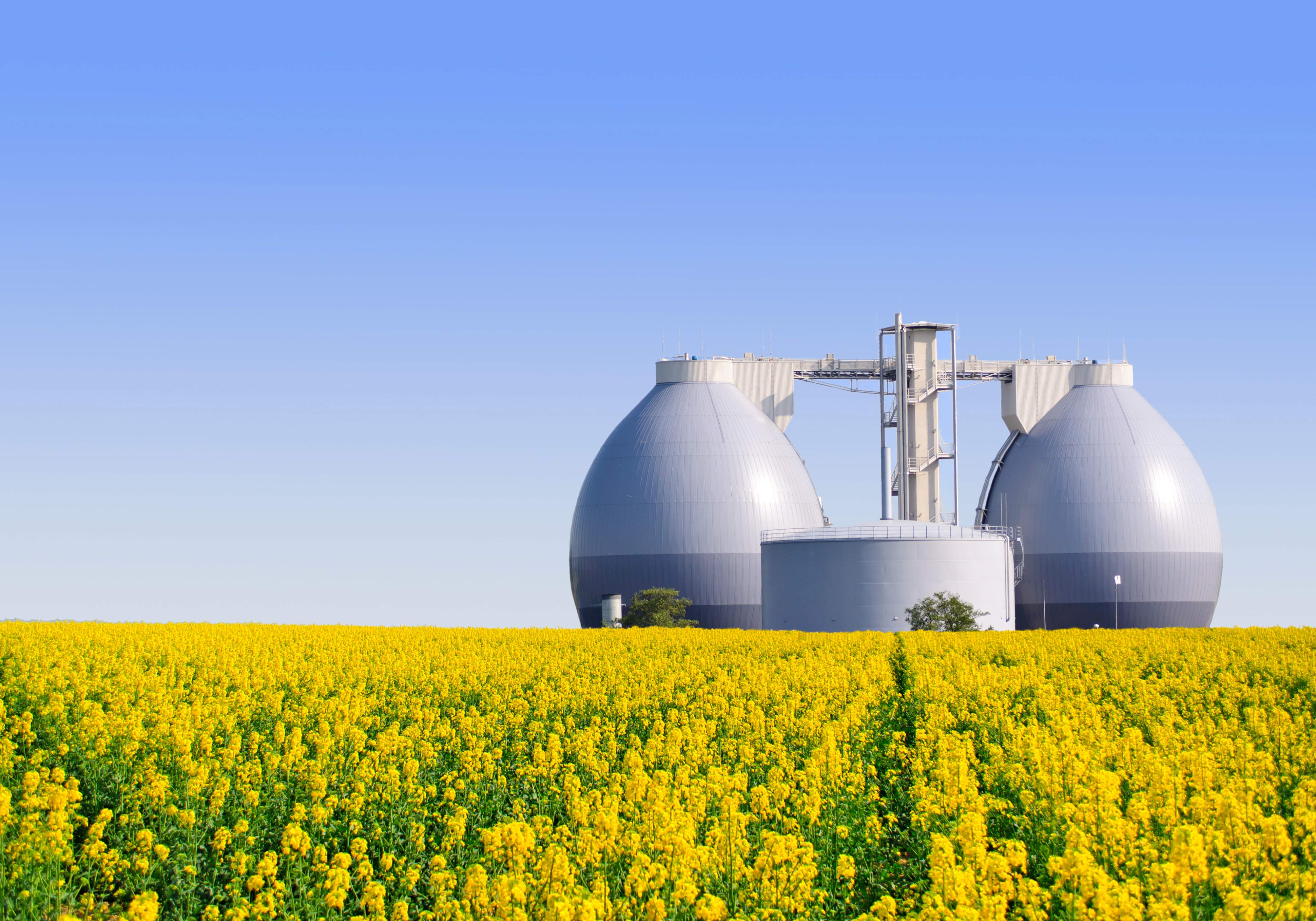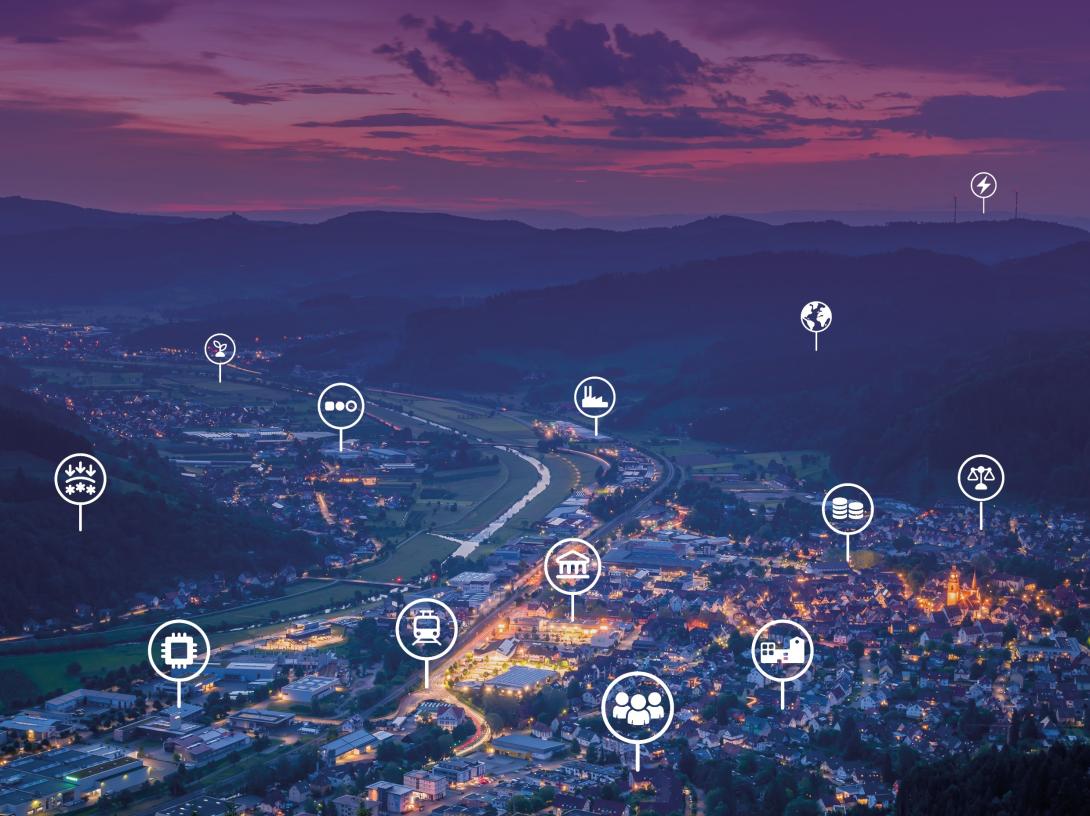- Research by the European Climate Neutrality Network (ECNO) has identified major planning issues in key sectors of hydrogen, land use, bioenergy and the geological storage of carbon dioxide in Member States’ draft National Energy and Climate Plans (NECPs)
- Forecasted demand for bioenergy could result in land grabs and accelerated deforestation around the world, while projected demand for green hydrogen could outstrip the available supply of renewable electricity risking continued reliance on fossil fuels
- Vague and contradictory plans around carbon capture suggest the distinction between storage and utilisation technologies is not well understood, and could drive investment in CCU infrastructure that harms long-term climate goals
- “Transparency gap” among five Member States analysed highlights combined shortfall of 101 million tons of carbon dioxide equivalent relative to stated targets, which is more than Austria’s 2021 net emissions
- With final NECPs due for submission in June 2024, European Climate Neutrality Observatory calls on Member States to improve the quality and consistency of their plans to ensure 2030 climate targets are met in this critical decade of climate action
Europe’s climate neutrality goal is in jeopardy due to “insufficiently detailed, inconsistent, and even contradictory” national plans, experts at the European Climate Neutrality Observatory (ECNO) have warned.
Released today, ECNO’s report, “Net zero risk in European climate planning: A snapshot of the transparency and internal consistency of Member States' NECPs”, finds that countries have so far failed to deliver robust plans for climate progress over the next 6 years in this decisive decade of action.
The report focuses on the crucial cross-sector resources of renewable electricity, hydrogen, land, bioenergy and the geological storage of carbon dioxide. It assesses the completeness, consistency and quality of information on those sectors within draft NECPs from Italy, Hungary, the Netherlands, Spain and Sweden, and calculates the “transparency gap” for the projected shortfall on emissions reductions targets by 2030.










